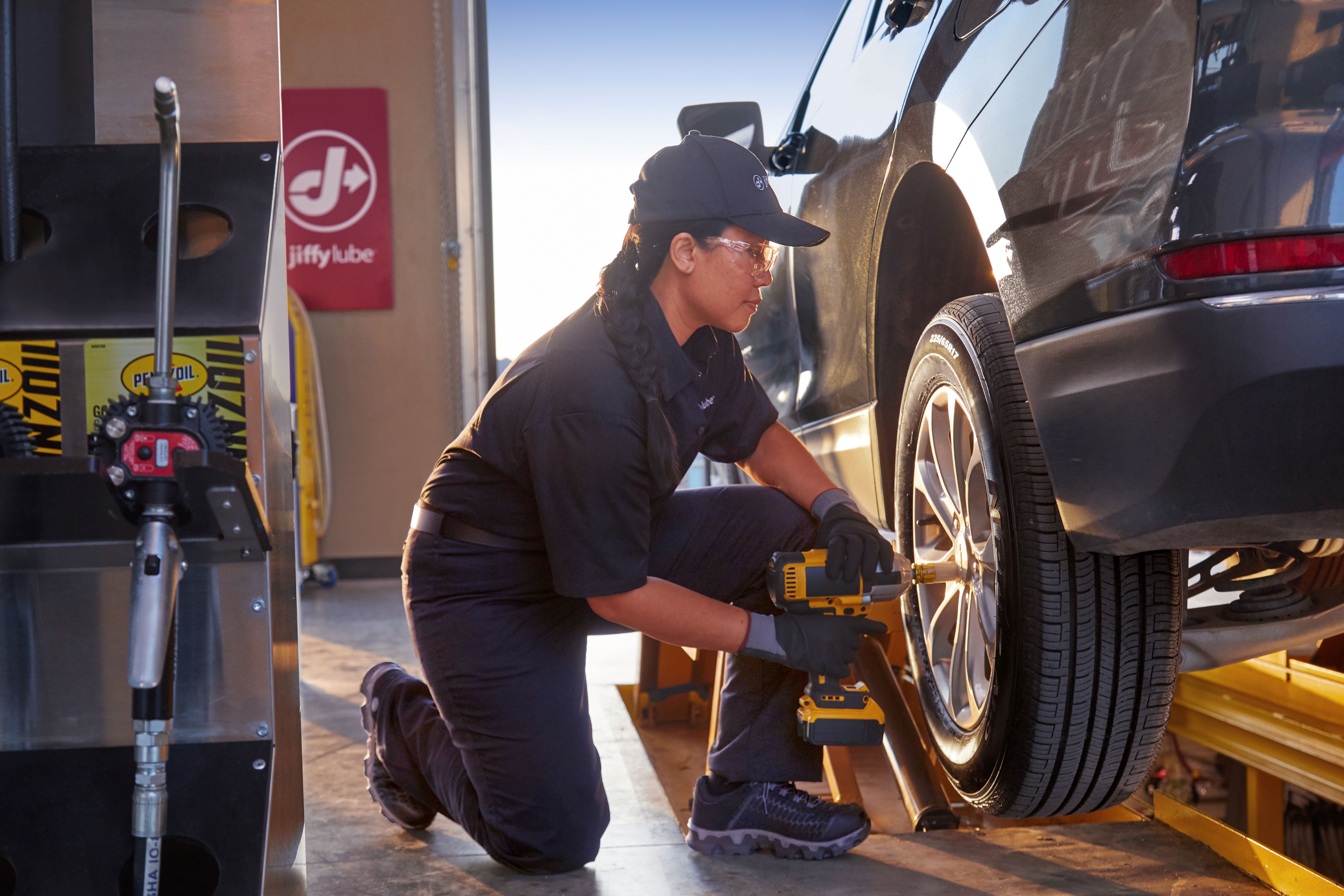Tire Solution: The Effect of Weather
When it comes to guaranteeing optimal efficiency and security on the road, recognizing the impact of climate problems on tire solution is vital. In this conversation, we will explore the intricate relationship in between weather condition problems and tire solution, shedding light on the relevance of weather-specific tire upkeep techniques and considerations.
Heat and Tire Efficiency
When subjected to high temperatures, tires experience modifications in efficiency that can considerably affect automobile safety and security and handling. The warm produced from extended driving or hot weather condition conditions triggers the tire rubber to soften, leading to decreased walk life and boosted wear.
Moreover, heats can increase the process of tire aging, triggering the rubber to weaken much more quickly. This can result in splits, protrudes, and various other kinds of damages that endanger the architectural stability of the tire. To alleviate the impacts of warm on tire performance, drivers should on a regular basis inspect their tire pressure, rotate tires to make sure also wear, and check for any indications of damage. Furthermore, making use of tires especially developed to hold up against high temperatures can aid keep ideal efficiency and safety when driving.
Winter Results
Cold weather condition problems can have a substantial effect on tire performance and safety. As temperature levels drop, tire rubber can set, causing reduced grip on icy or snow-covered roads. In cool climate, tires may additionally shed air stress a lot more quickly, which can affect dealing with and fuel efficiency. Additionally, cold temperature levels can cause tire sidewalls to stiffen, raising the risk of damages from fractures or various other roadway hazards.
To minimize the results of winter on tires, it is important to frequently check tire pressure and inflate them to the supplier's recommended levels. Making use of winter season or all-season tires created for winter problems can also enhance grip and grip on icy or snowy roadways - tire shop morris. Correct tire upkeep, including routine inspections for wear and damages, ends up being much more vital during chillier months to ensure optimal performance and safety
Rainy Conditions Effect
During wet conditions, tire efficiency and safety can be considerably influenced by the damp roadway surfaces and lowered visibility. The walk pattern of tires plays an important duty in preserving grip on damp roads. Tires with damaged footsteps are extra susceptible to hydroplaning, where a layer of water builds up between the tire and the roadway surface, bring about loss of traction. To combat this, vehicle drivers should frequently inspect their tires for adequate step deepness and consider purchasing tires particularly designed for wet problems.

Snow and Tire Safety And Security
When driving in snowy problems, having the appropriate tires can make a significant difference in security and performance. Winter tires are made with unique rubber compounds and tread patterns to provide far better grip on snow and ice compared to all-season tires.
Along with using winter tires, it is crucial to ensure they are properly blown up. Cold weather condition can cause tire stress to go down, impacting traction and handling (discount tires morris il). Routinely checking and maintaining the correct tire pressure is essential for ideal performance in snowy problems

Weather-Related Tire Maintenance
Weather-related tire upkeep includes a range of methods aimed at ensuring optimal tire feature and longevity in various climate circumstances. One vital aspect of weather-related tire upkeep is tire stress policy. Inspecting tire walk regularly and replacing tires when step wear reaches a specific deepness is vital for preserving grip and stability in damaging weather.
Final Thought
To conclude, climate conditions have a substantial effect on tire my review here performance and safety and security. From warmth affecting tire pressure and wear to cold climate reducing grip, it is important to consider the climate when keeping and utilizing tires. Wet conditions can reduce grip and lead to hydroplaning, while snow can increase the risk of accidents if tires are not properly geared up. Weather-related tire upkeep is crucial in making sure ideal efficiency and safety and security when driving.
In this discussion, we will explore the intricate partnership in between climate conditions and tire solution, dropping light on the relevance of weather-specific tire upkeep practices and considerations.
